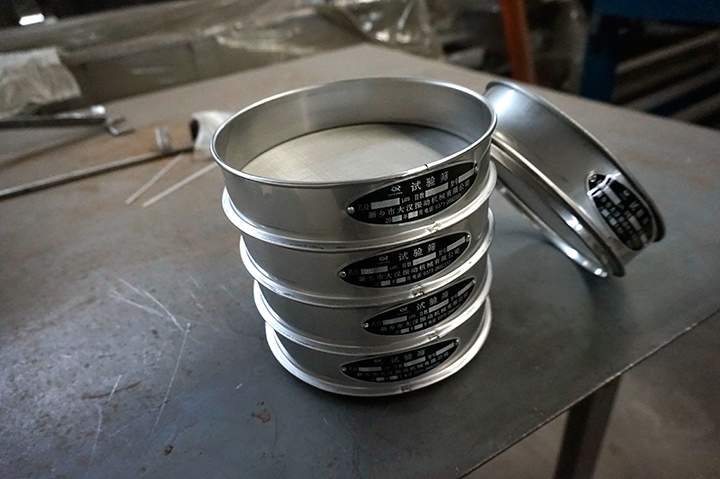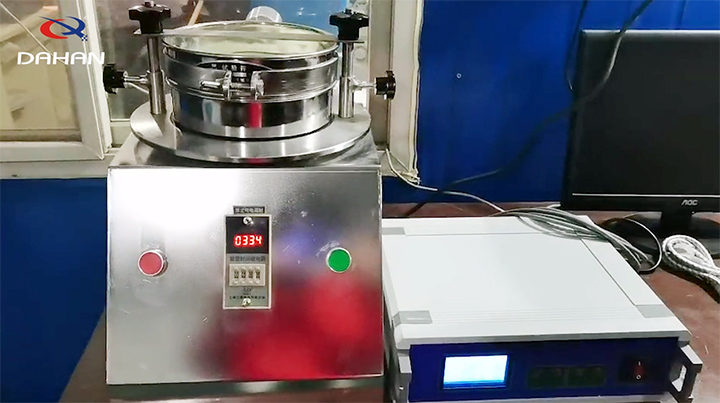How much does a laboratory sieves cost, For this topic that users care about, next, I will introduce the analysis for everyone.

The following is a demonstration of common laboratory sieve costs for your reference.
National standard #80 mesh and thicker
Cost: 60-70 USD
American Standard: #100 mesh-200 mesh
Cost: USD 60.00-USD 80.00
American Standard #230 Head-#635 Head
Cost: $90-$515.00

What is the cost of laboratory sieve? This is not without a fixed answer, because many factors will affect the price, such as equipment model, manufacturer selection, market competition, sales methods, etc., which all contribute to the instability and instability of equipment prices. The detailed analysis is as follows:
1. Equipment type
Laboratory sieve has a diameter of 200mm, a diameter of 300mm, a diameter of 100mm, a diameter of 75mm and other conventional models, and can also be customized, etc. The essence of each model of equipment is different, and the cost of workmanship, manufacturing, and materials is very different. Function, The functions are not all the same, so the price will be different. Generally, the higher the technical content, the better the performance, and the better the quality of laboratory sieve, the price will be higher.
2. Material
All the screens we sell are made of two alloys: stainless steel and brass.
We recommend stainless steel instead of brass because it is more durable and is considered "low maintenance".
All brass test sieves (including brass frame and brass mesh) need to be used to test materials that may generate sparks.
Pharmaceutical and food applications require all stainless steel screens (the frame and screens are made of stainless steel). They are also best for testing abrasive materials because stainless steel meshes are more durable/stronger than brass meshes.
The middle choice and the most widely used is the sieve, which utilizes the strength of the stainless steel mesh installed in the brass frame. They are widely used in a variety of industrial applications, including sand, chemicals, and aggregates.
3. Sieve height
We also sell half-height and full-height screens. When you need to place more screens in the stack, you can use a half-height screen.
When it comes to diameter-driven prices, it is very simple. The larger the sieve, the more materials and grids needed to make the sieve. This will push up prices.
4. Manufacturer selection
There are countless manufacturers producing laboratory sieve, and the customer's choice of manufacturer will also affect its price changes. Generally, powerful manufacturers produce more complete equipment, more models, and manufacturers have better market reputation, and the price of equipment will naturally tend to Transparency, openness, higher cost performance, and more cost-effective purchases.
5. Sales method
Laboratory sieve manufacturers generally use online and offline methods to sell equipment. Generally, online sales will be cheaper than offline sales of equipment, because the former will save part of the labor, space, and operating costs, so the price is relatively low. Low; In addition, the equipment prices of direct-sale manufacturers are lower than those of second- and third-tier dealers.

We hope that even if we did not provide an accurate quotation for your needs, you now have an understanding of the cost of the sieve and know the components of the cost. If you have read this article, but are still not sure what you need or which test sieve is right for you, please feel free to send us a message and let us know.

When purchasing a laboratory sieve, you can combine the summarized material properties with the following points to make a choice.
The nature of the sieved material: select the appropriate material and mesh size based on the particle size, size, and properties of the material.
Screening accuracy requirements: select the appropriate sieve hole size according to the accuracy requirements during the experiment.
Screening amount: select the diameter of the sieve frame based on the amount of material used and the feed speed during the experiment.
Budget: select the most cost-effective sales manufacturer based on your own budget.
Address:China,Yanjin county forest park gate to the west 1000 meters north road.